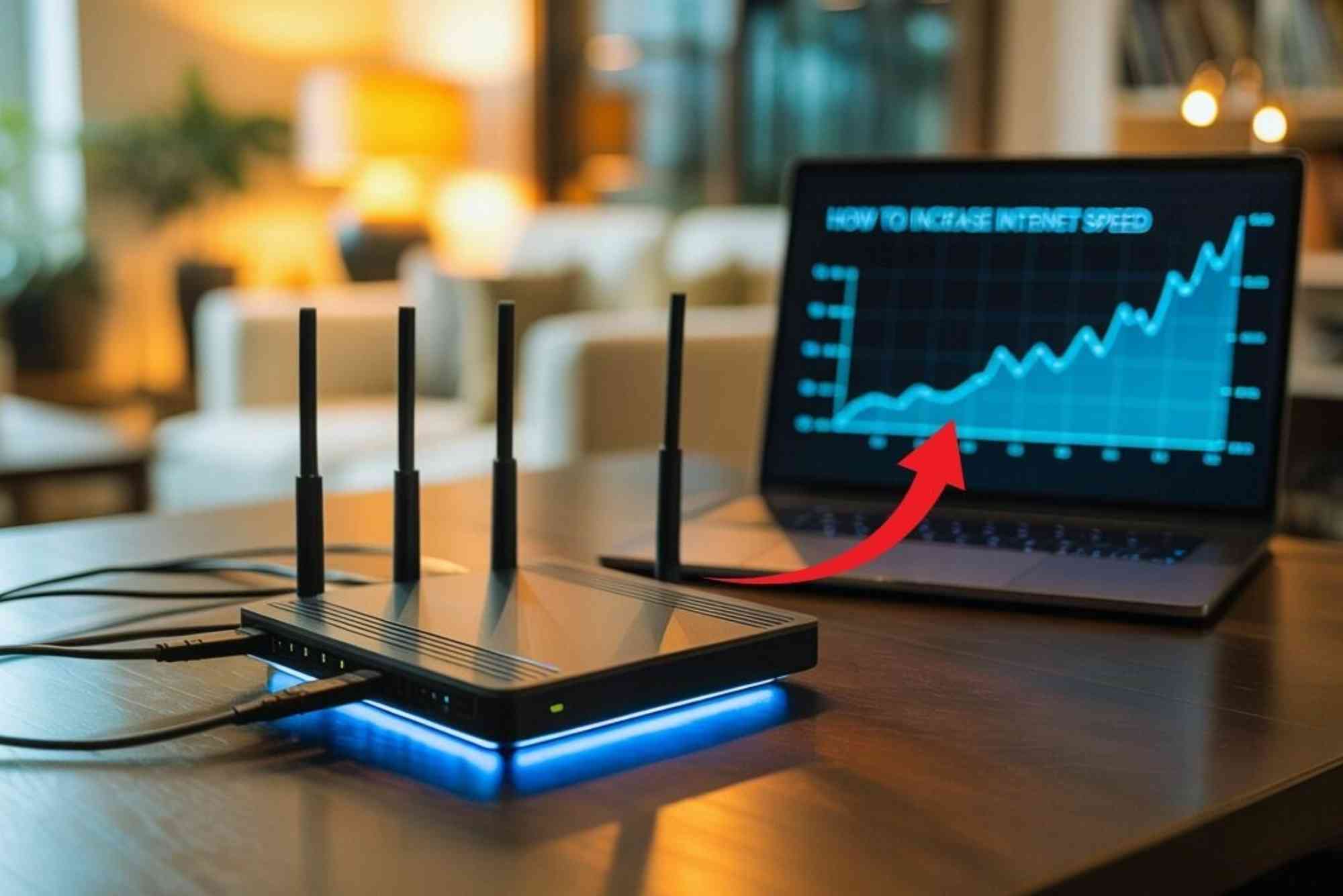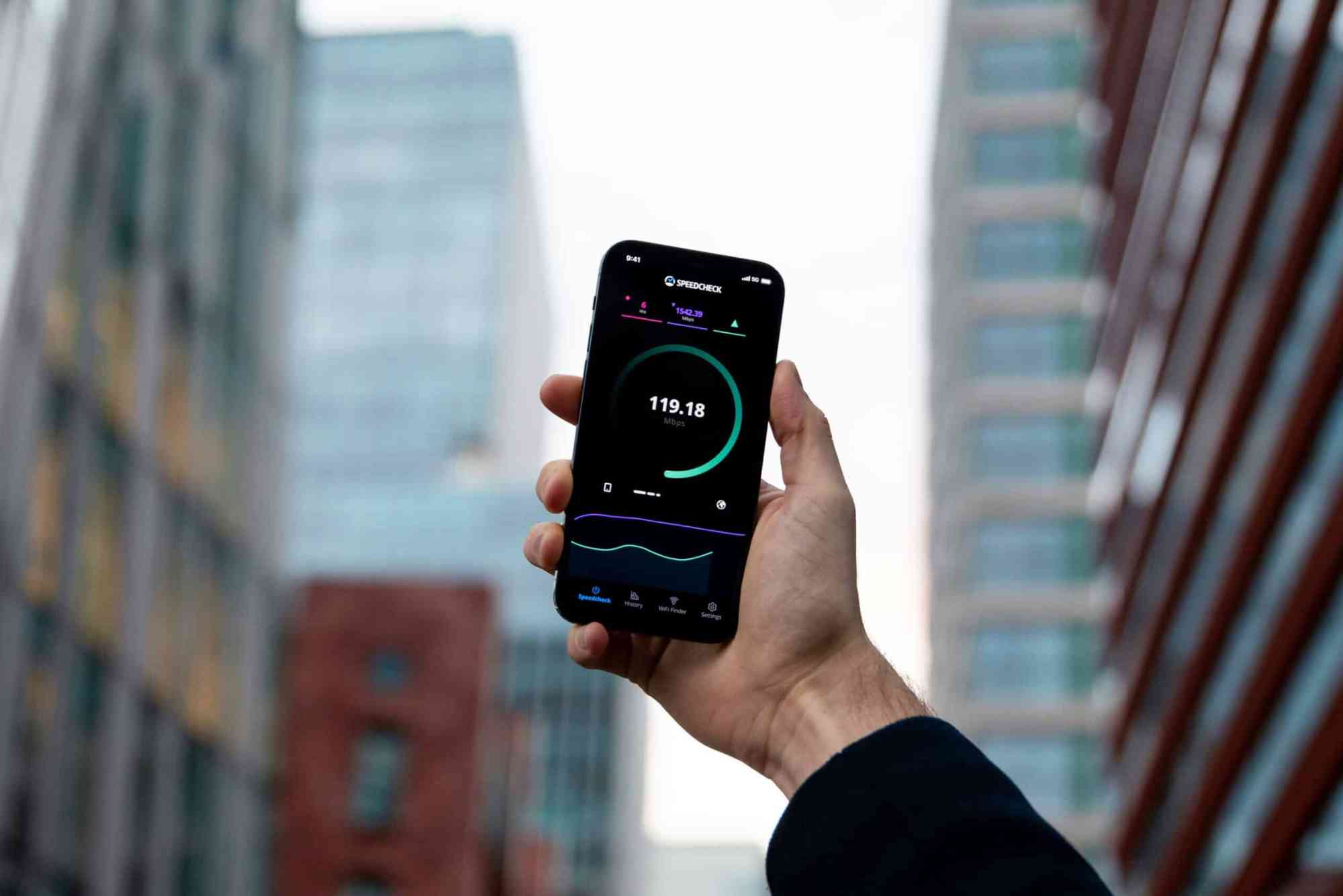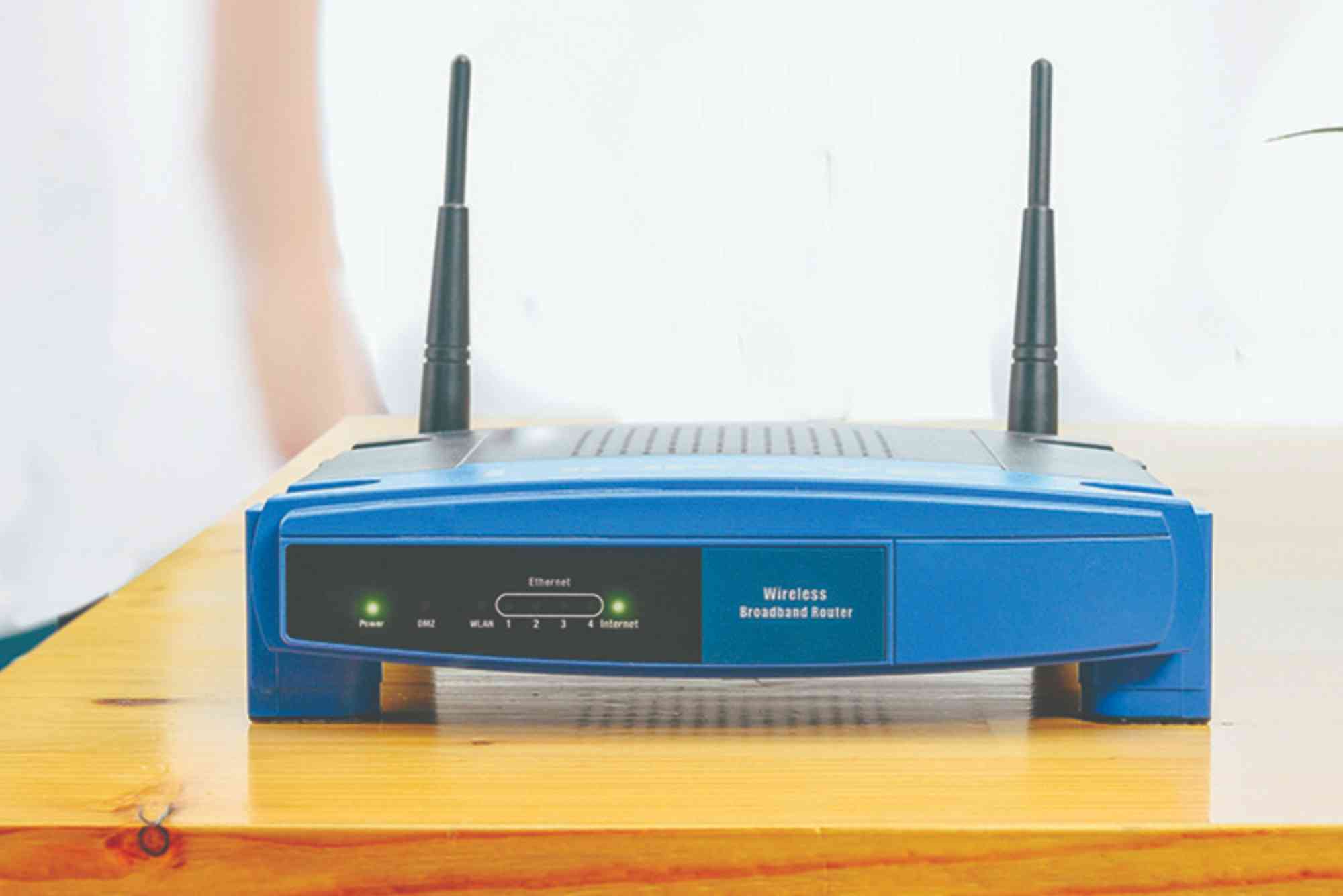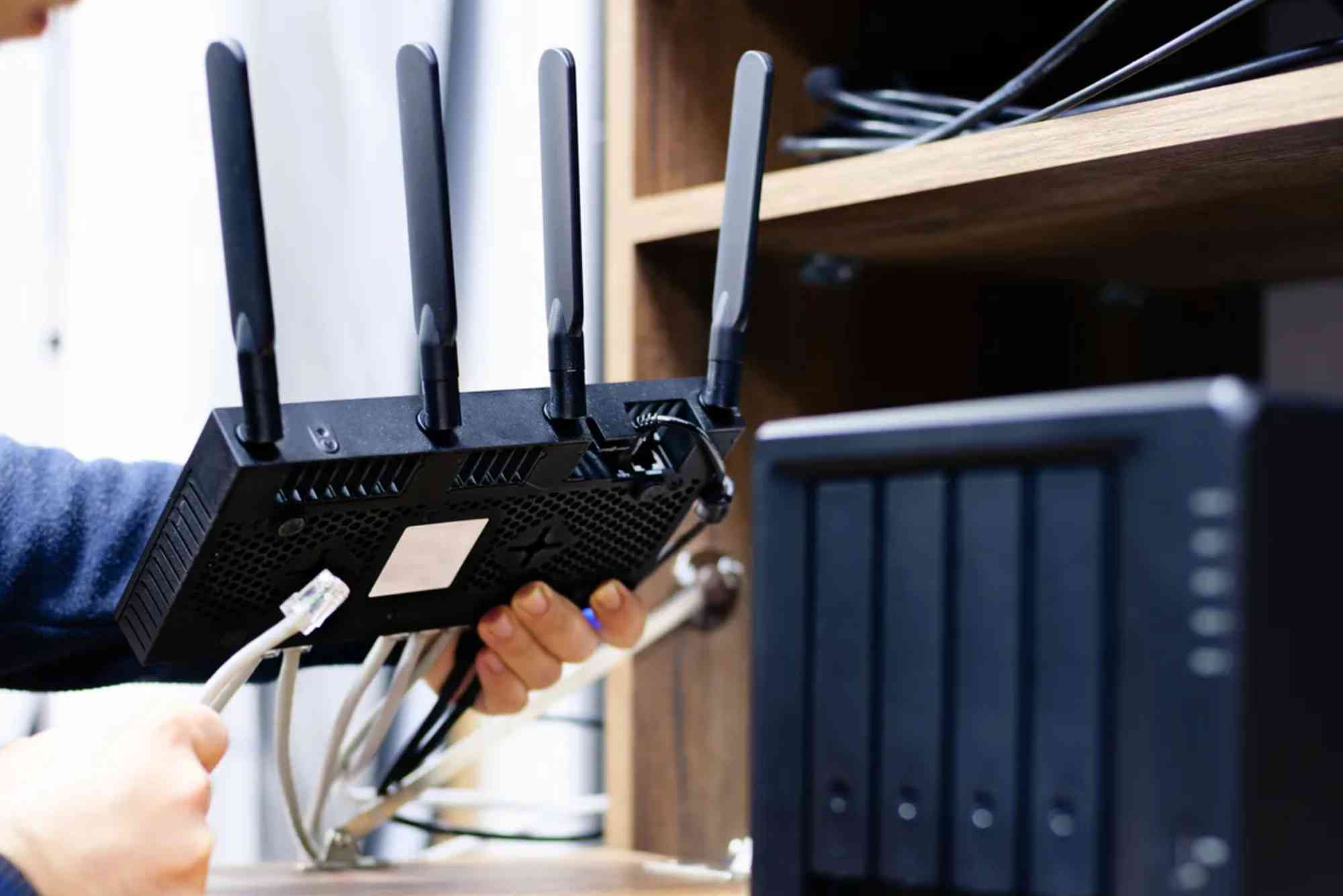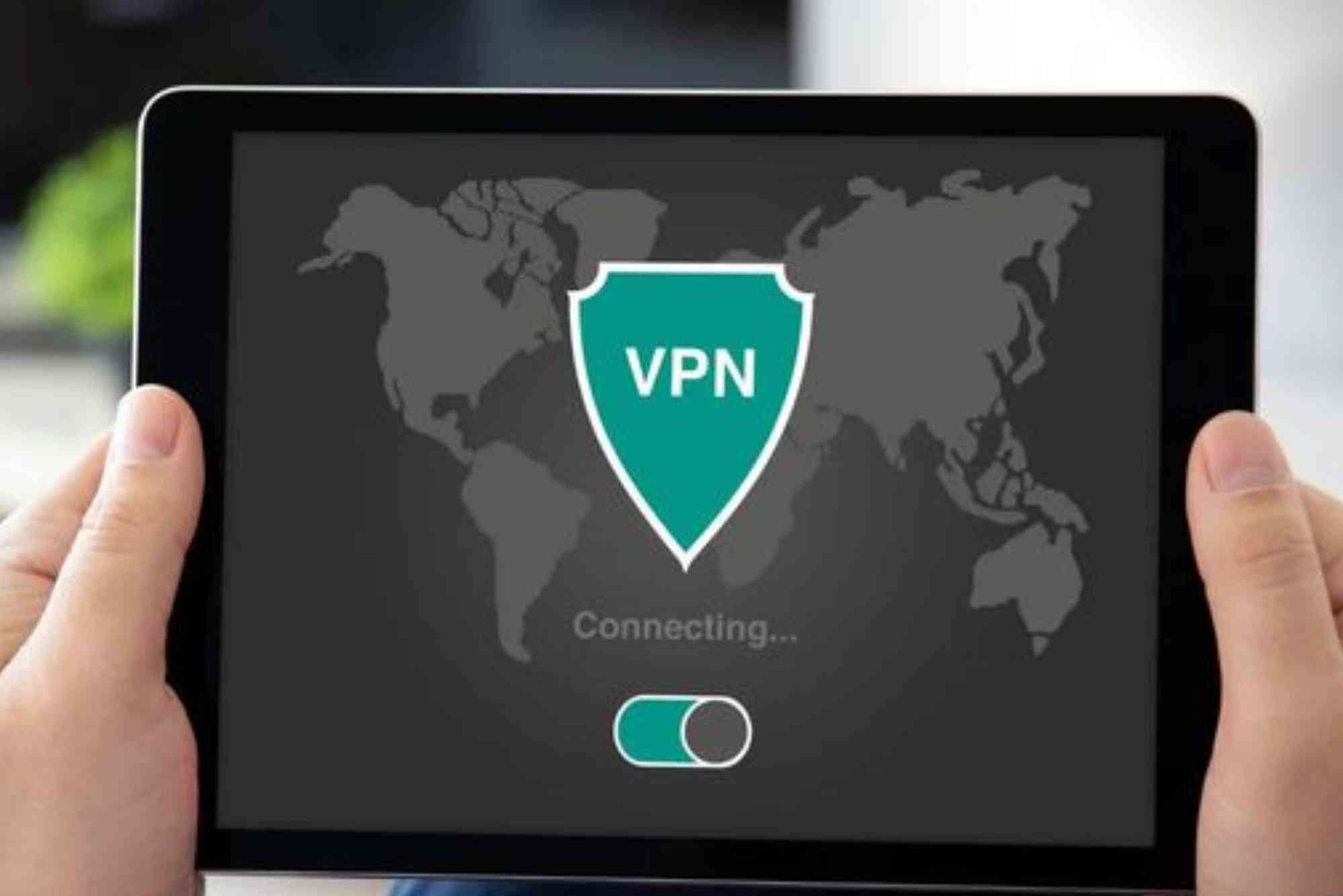Split Tunneling VPN Explained: What It Is and Why You Need It
When most people think about a VPN, they imagine all their internet traffic being routed through a secure tunnel. This is the basic function of a virtual private network, and it ensures privacy and protection from prying eyes. However, there are situations when routing everything through a VPN is not ideal. That is where the concept of split tunneling comes into play. If you have ever searched for “split tunneling VPN explained” then you are already on the right track to understanding how this feature can transform the way you use your internet connection.
Split tunneling is a VPN feature that allows you to divide your traffic into two streams. One stream passes through the encrypted VPN tunnel while the other goes directly to the internet without encryption. The result is more flexibility, improved speed for certain tasks, and better overall control. Understanding this balance between security and performance is the key to using VPN technology effectively.
What Does Split Tunneling in VPN Mean?
Split tunneling VPN explained in simple terms is about giving you control over where your internet traffic goes. With a regular VPN, every application, website, and service on your device sends its data through the VPN server. This can slow down your connection, especially when streaming videos or downloading large files. Split tunneling allows you to choose which apps use the VPN and which connect directly to the internet.
For example, you might want your banking app to use the VPN for maximum encryption while letting Netflix connect without it so you get faster streaming speeds. This dual approach ensures sensitive activities remain private while entertainment and day-to-day browsing stay quick and efficient.
Why Use Split Tunneling in a VPN?
The main reason people are searching for “split tunneling VPN explained” is because they are trying to solve a common problem: balancing speed with privacy. Without split tunneling, a VPN routes all traffic, which can cause slower connections, especially if the VPN server is far from your physical location. Split tunneling gives you the best of both worlds by letting you decide what needs maximum protection and what does not.
Imagine working remotely while also wanting to access your local printer or smart devices at home. With split tunneling, you can connect securely to your work’s network through the VPN while still accessing your local devices directly. Without this feature, the VPN might block local network access, making things unnecessarily complicated.
Another strong reason for using split tunneling is bandwidth management. By reducing the amount of traffic that passes through the VPN tunnel, you free up resources. This is particularly useful for users with limited bandwidth or those living in regions where internet speeds are not consistently fast.
How Split Tunneling Works Behind the Scenes
To understand split tunneling VPN explained technically, think of your internet connection as a highway. Normally, with a VPN, every car (or piece of data) must pass through a checkpoint before it reaches the destination. This checkpoint is the VPN server. With split tunneling, you can open an additional lane that allows some cars to bypass the checkpoint.
This selective routing happens because the VPN client on your device can apply rules. These rules determine which traffic is encrypted and which is sent directly. Some VPNs allow split tunneling based on applications, while others let you select specific websites or IP addresses. The more advanced the VPN service, the more control you have over setting these rules.
Benefits of Using Split Tunneling
The real appeal of split tunneling is its versatility. When you look deeper into split tunneling VPN explained, you begin to see the different ways it improves daily internet use. It helps you stream content at full speed, since entertainment services do not need the extra encryption that could cause lag. At the same time, you can continue to keep work-related tasks or financial transactions secure through the VPN tunnel.
It also reduces unnecessary load on the VPN server. Not all traffic needs encryption, and by routing only essential data, the VPN connection becomes more stable. This is particularly helpful in business environments where employees may need secure access to corporate resources but also need to use local services without restriction.
Another benefit is access to geo-restricted content without giving up local internet access. Suppose you are traveling abroad and want to watch shows from your home country. Split tunneling lets you stream through the VPN while still using local apps like food delivery or banking without confusing them with foreign IP addresses.
Potential Risks of Split Tunneling
While it is tempting to think of split tunneling as the perfect solution, it is not without risks. If some of your traffic bypasses the VPN, that data is exposed to your internet service provider and potentially other entities. This means you should be careful when deciding which apps or websites do not use the VPN tunnel.
Another risk comes from misconfiguration. If you accidentally route sensitive apps outside the VPN, you might expose private data. This is why using a trusted VPN service with user-friendly settings is essential. Choosing a provider that clearly explains how split tunneling works ensures you avoid common mistakes.
Split Tunneling VPN Explained for Different Users
The way split tunneling is used often depends on individual needs. For remote workers, it ensures secure access to company servers without blocking local resources like printers. For gamers, it can reduce lag by letting the game traffic bypass the VPN while keeping other activities secure. For frequent travelers, it provides the flexibility to access both international and local websites simultaneously.
The fact that this feature is so adaptable explains why it is becoming a standard offering in many premium VPN services. Still, not all providers implement it the same way, so reading reviews and testing features is a smart step before committing to a subscription.
Split Tunneling and Business Networks
For businesses, split tunneling VPN explained in practice can improve both security and efficiency. When companies deploy VPNs, they often face performance issues because of the sheer amount of traffic being encrypted. By allowing non-critical traffic to bypass the VPN, businesses free up resources and reduce costs.
At the same time, employees can enjoy a smoother experience, especially if they need to access both corporate resources and local internet services. For instance, an employee working from home might need to use a local video conferencing tool while also staying connected to the company intranet. Split tunneling makes this seamless without sacrificing security where it truly matters.
Why You Should Consider Split Tunneling
When it comes to VPN technology, the balance between speed and security is always at play. Split tunneling VPN explained in detail shows that this feature gives you the best of both worlds. It allows you to secure what truly matters while keeping your browsing and streaming fast and efficient. If you are looking for a VPN that adapts to your lifestyle, split tunneling is a feature worth exploring. Whether you are a professional working remotely, a gamer chasing low latency, or simply someone who wants more control, split tunneling empowers you with choice.
For users in Pakistan and beyond who want a reliable internet experience with advanced VPN features, checking out Dhanote Internet Services is a good starting point. With the right provider, you can enjoy a secure, flexible, and optimized online experience that meets both personal and professional needs.
FAQs
Is split tunneling safe to use?
Split tunneling is safe if configured correctly. Sensitive apps should always stay within the VPN tunnel, while less critical traffic can bypass it.
Does split tunneling improve internet speed?
Yes, it can improve speed because not all traffic is routed through the VPN. This reduces server load and minimizes latency.
Can I use split tunneling on all devices?
Not all VPN services support split tunneling on every device. Many providers offer it for desktop apps, while mobile versions may have limited support.
Why can’t I access local devices with my VPN?
A full VPN tunnel routes all traffic through the VPN server, which can block access to local devices. Split tunneling solves this issue by allowing direct local connections.
Is split tunneling good for streaming?
Yes, it is excellent for streaming because it lets you enjoy high-quality video without the potential slowdown caused by encrypting all traffic.

